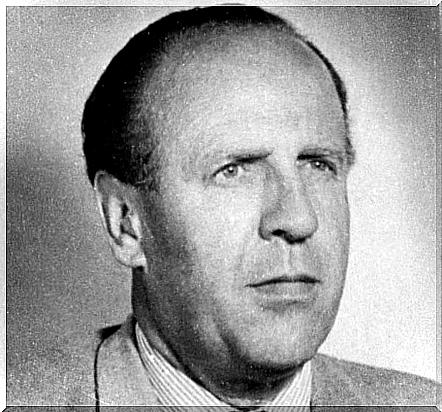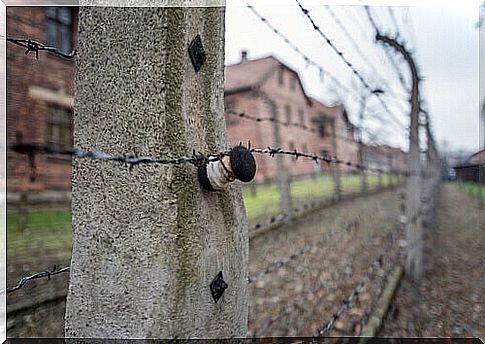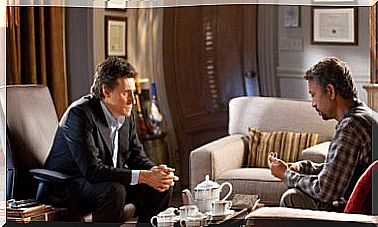Oskar Schindler: Biography And History Of A List That Saved 1,100 Lives

There are many evils with which the society of the 20th century had to deal, but if it is necessary to highlight some, probably, hatred, violence and hostility were true horsemen of the apocalypse during World War II. Today, we remember one of the most prominent figures of that contest, whose power was neither political nor strategic. It is in the commitment to human life of any condition, where we find this great man: Oskar Schindler.
Oskar Schindler was a German businessman who protected the lives of more than 1000 Jews who were destined for certain death at the hands of hatred and violence. He did this by giving them jobs in his factories and holding these jobs even when they were not needed. He was a key figure against the persecution and the great genocide against the Jewish people in Europe in the middle of the last century.

Early years
Oskar Schindler was born in the Sudetenland to a German Catholic family on April 28, 1908. His father was an agricultural equipment entrepreneur who had his own factory. Little Oskar does not seem to have stood out for his academic virtues in elementary school. Although he did not attend university, he did attend business school.
Starting in 1924, he took various odd jobs. Four years later, he married Emilie Pelzl and agreed to work in his father’s factory until the economic depression of the 1930s that deeply affected the family factory. At that very moment, the National Socialist party was rising in Germany.
Feeling the urge for German recovery, Schindler joins a pro-Nazi organization and spent time passing information to German intelligence. For this reason, he was arrested by the Czech authorities, accused of espionage and sentenced to death at the same time that Nazi Germany annexed the Sudetenland. This saved him from the sentence and was released.
The Second World War
A year later, Germany invades Poland and World War II begins. Oskar Schindler moved to Krakow and there he smuggled products with which he bribed high-ranking German officers. As a reward and thanks to his contacts in the party, he was rewarded by giving him an old Jewish enamel factory that would produce kitchen utensils for the German army.
The factory then had a very limited workforce. A Jewish accountant, Itzhak Stern, would propose to Schindler to equip his factory with manpower from the Krakow Jewish community, before the genocide began. It was the cheapest workforce, so the factory went from having 45 employees to more than 1,700.
Oskar Schindler and the Jewish community
As the atrocities of the Nazis against the Jews increased, Schindler, like many others, began to change his view about what was happening with the party. When the Nazis began transferring Jews from Krakow to concentration camps, many of Schindler’s employees, including his accountant, were put on trains for immediate transfer.
Schindler managed to arrive in time to negotiate with the SS officers for the return of his workers to the factory. Finally, he managed to retrieve his workers from the train and escort them safely to the factory. But the transfers to the death camps had only just begun, and everyone knew that by now it was only a matter of time.

Schindler’s List
In 1943, the Plaszow labor camp was opened. Oskar Schindler had managed to keep his workers in the factory and away from the concentration camps through bribery and influence. But a year later, all Jews without exception began to be sent to the Auschwitz death camp.
Schindler asks the party to allow him to relocate his factory to the Sudetenland to continue producing articles of war. He was authorized to do so and was asked to make a list of the Jewish workers he wanted to relocate to the new location.
Schindler, with the help of Stern, compiled a list of 1,100 Jews considered by him ‘essential’ for the continued production of the factory in the Sudetenland. In this way, Oskar Schindler managed to save the lives of more than a thousand Jewish workers under his charge. Today, there are more than 7,000 descendants of the Jews that Schindler saved from the Nazi holocaust.
At the end of the war, the Schindler marriage was completely ruined because they had used their entire fortune in the bribes they had made to save each of those lives. He spent the rest of his life living on the donations of those who from then on became known as the Schindlerjuden , the Jews he had saved from death in the death camps, Schindler’s Jews.









